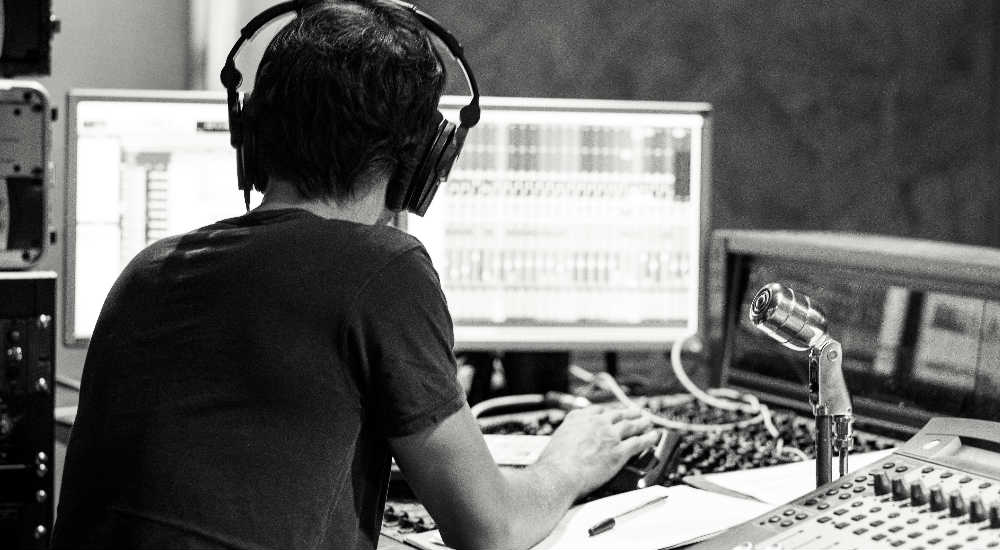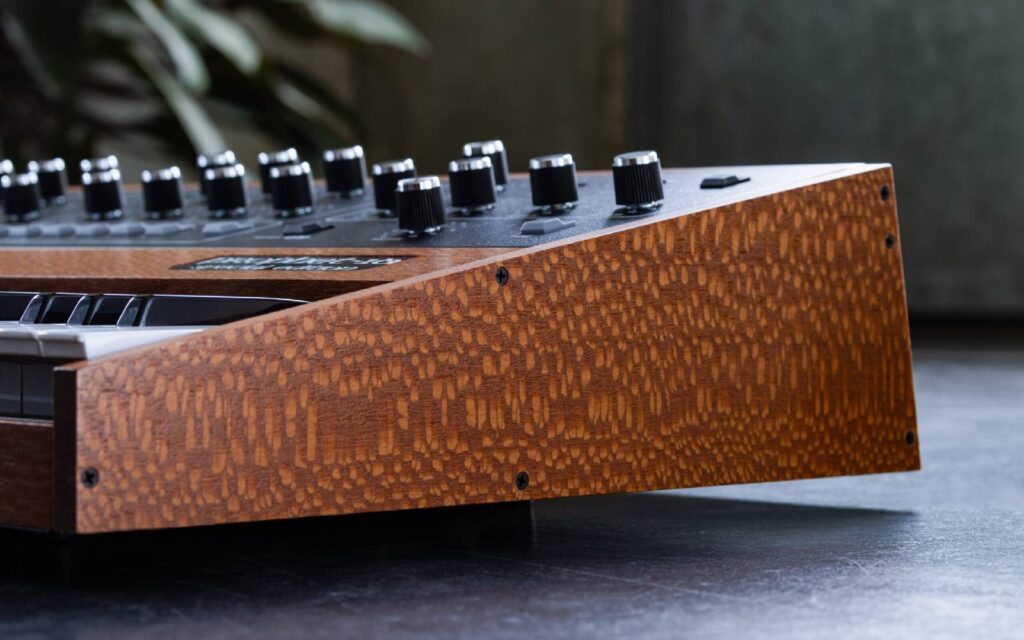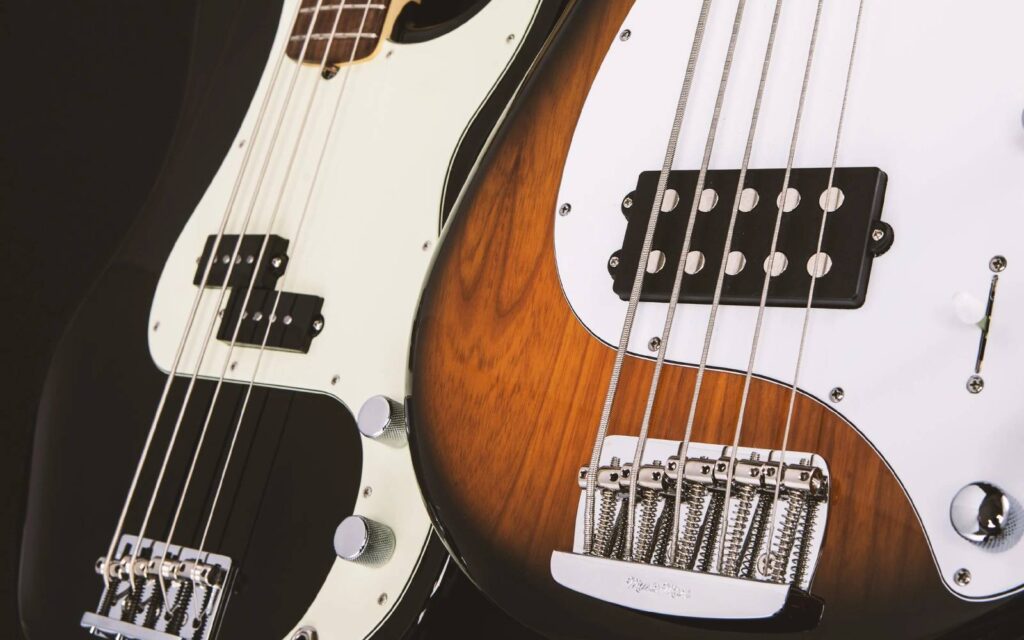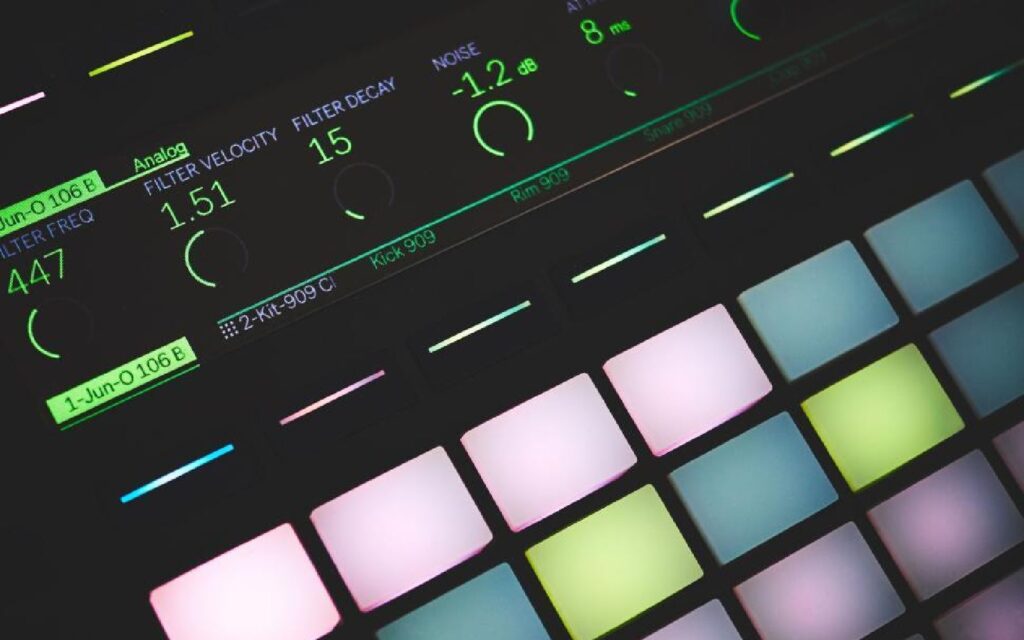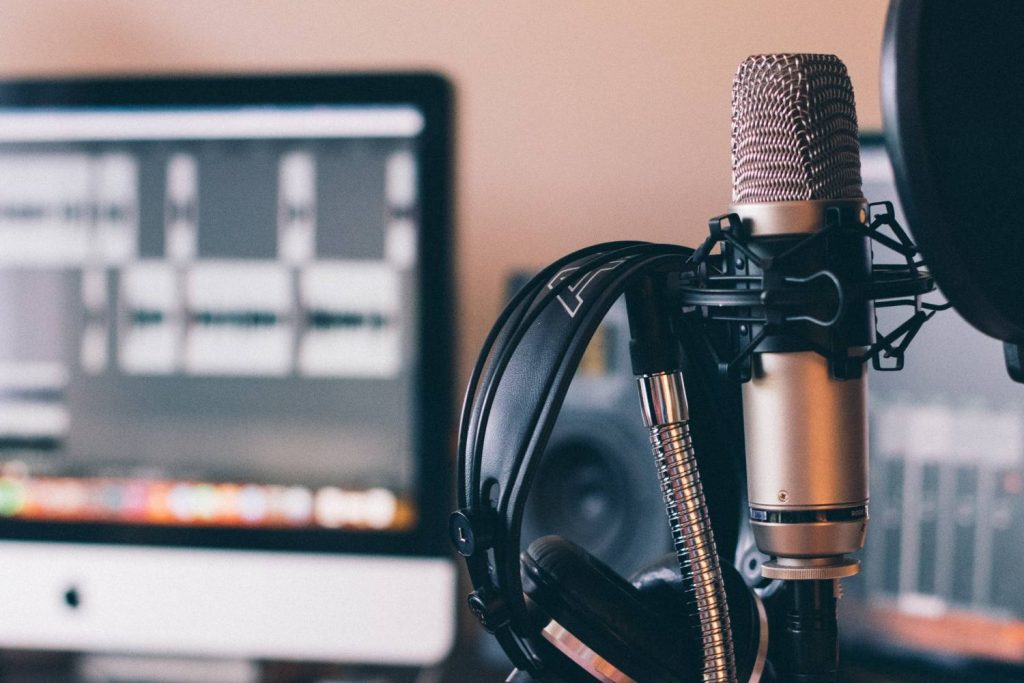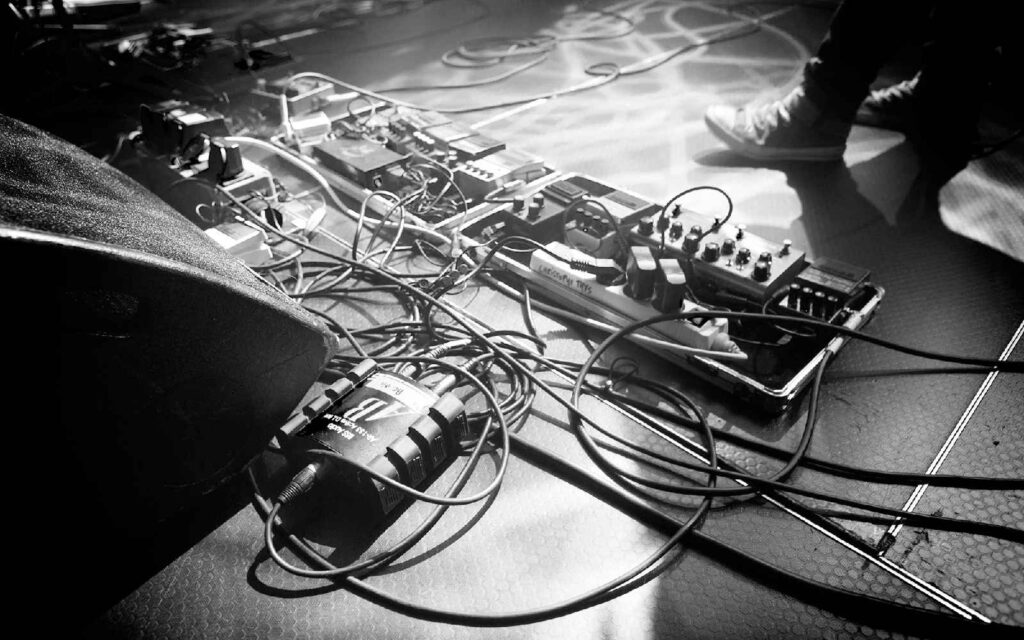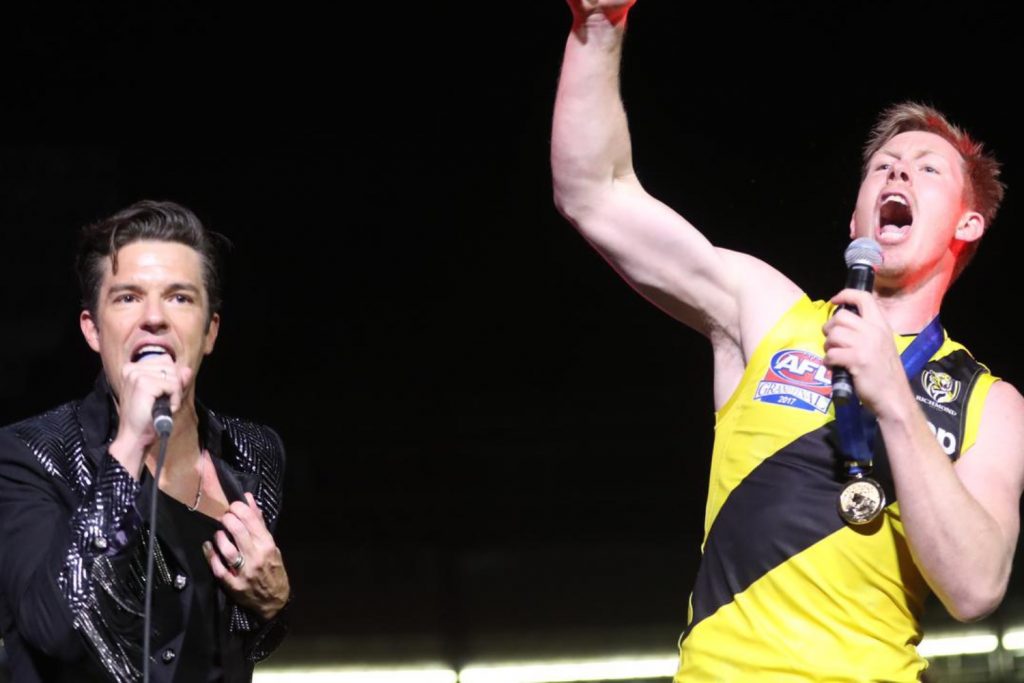Last month Moro detailed the pre-production process, which involves identifying and ironing out any issues with the song, deciding on what the arrangement will include and assembling a band. It’s preferable to have this all locked in before tracking, but situations may arise where the band doesn’t click or other instrumentalists need to be added.
The benefit of being prepared, however, is that coming to the conclusion that a song might not be working – or that an instrument, part or idea is clashing – happens much faster.
“It’s very important to call things out when they aren’t working,” Moro says. “I start by asking ‘why?’ Often asking that question gets us to the solution. It’s much better than being silent in the hope that something that’s a problem now will stop being a problem in the future. If it’s a problem now, at best it will be a slightly hidden problem later. So fix it!”
The genre of music has an impact on how the tracking process is organised. If we look at a more conventional rock band setup, there are a number of things to consider. First of all, should you record live or track each instrument separately?
“The first preference is working out what will feel best, but things such as budget, musician availability, size of the studio and ensemble can all affect the decision,” Moro says. “If the song is meant to feel like a live rock band and the band are very well rehearsed, then tracking live is going to capture a great feel. But it may be at the cost of attention to detail.”
The loss of attention to detail in a live tracking scenario can be a positive just as much as a negative, says Moro.
“For example, if drums are going down first with very little backing to support them, we are going to be listening to and judging the drums in a context that is very different from the end result. Slight movement around a click track might feel loose, or we could get stuck in the minutia of a drum roll. In reality, when the guitars are down and the bass is in, those things that seemed like issues were actually great vibes.”
There are many perks to recording with a click trick, not least that it makes the editing and comping process a heck of a lot easier. By virtue of digital studio gear, there’s more than one way to implement the click.
“All of my sessions end up with a click,” Moro says. “Most start with a solid tempo map that is pretty consistent. I may bump up the BPM in choruses or finish with a rall – i.e. where the tempo slows down over a bar or two. However, other times I’ll record the guide live without a click then map a click track to the performance.”
Moro’s studio experience dates back nearly two decades and the artists he works with put faith in his professional expertise. That’s not to say it’s his way or the highway, though. There are times when an artist’s preference deviates from his usual method.
“I can learn things from everyone I work with. It might be some technique I’ve never tried or a reminder of an old method I moved away from. It’s also energising to mix things up. However, I push back when something might impact my ability to deliver a result for a client,” he says.
“If I’m being trusted to manage the budget and get a result, I need certainty that I can deliver on my promises. Unknowns impact that ability. If I explore the idea and think it’s low risk, high reward, I’ll absolutely embrace it.”
Tracking has the potential to take a long time. If you’re hell-bent on getting the perfect take, it can be a drawn-out and often frustrating process. Then there are days when things just don’t work or you can’t agree on which takes are winners.
“I have a bias toward less takes during tracking,” Moro says. “That’s not to say there aren’t sessions where I record 40 takes of a vocal, but I think if it’s taking more than ten or so takes to get something down, then it was too early to record and more rehearsal is required.
“With vocals for example, I like to do a couple of takes to warm up and get in the zone, and then do a few proper takes. After that we’ll stop and discuss the song’s emotion and desired emotion for the different sections. I’ll mark this up on my lyrics sheet too. We then go back in for more takes and usually have it within a few more.”
There can be a temptation to do some mixing while tracking. Mixing is such an important part of the process and something that you want ample time to get right. Moro completely leaves it alone during tracking.
“My philosophy is that a song is ready for mixing when it sounds great with the raw tracking and only fader levels, pan, a reverb and delay. If your song sounds great like that, then you’ve nailed it. If you need EQs and compressors and automation on everything throughout tracking, then there have been problems along the way. Great songs played well on good instruments in great rooms through decent gear should sound awesome without additional processing. Then you’re ready to mix.”
To learn more about Simon’s work, head to his website at NinetyNine100.
